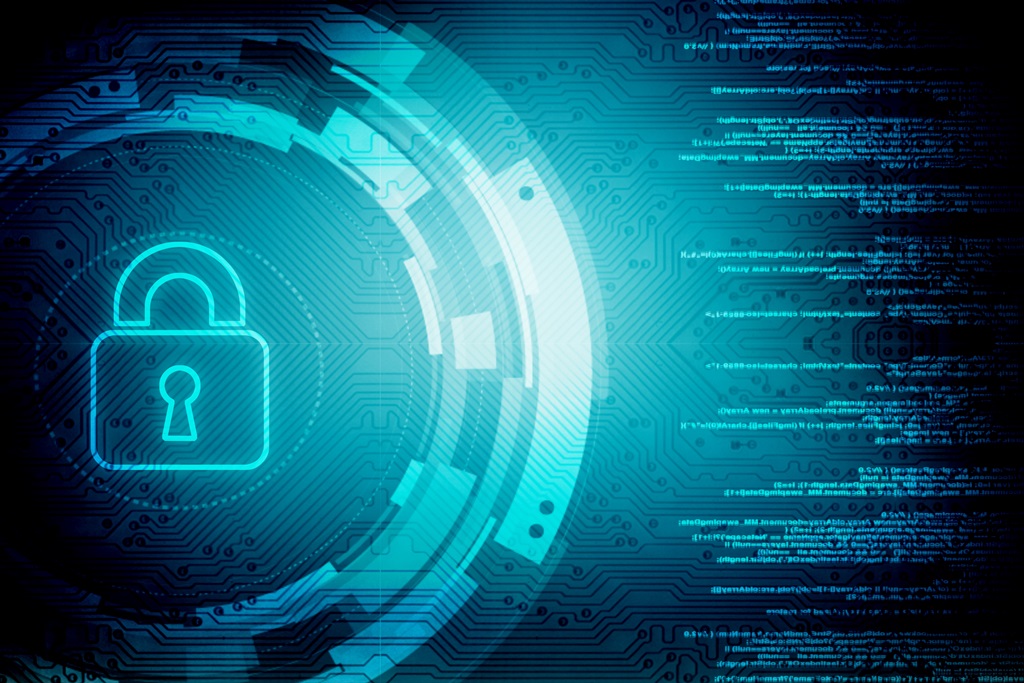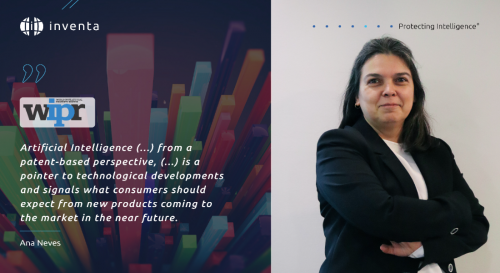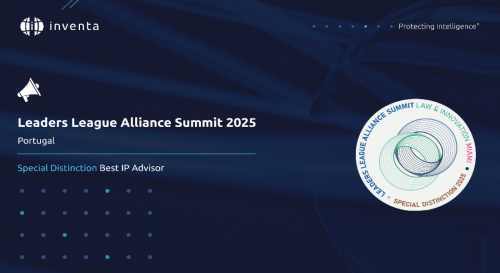
Software Patents in Europe - Protecting the future today
THE CONTEXT
The society of today galloped through technological evolutionary steps. Everyday life has been hijacked by Wi-Fi and all types of connectable devices. From smartphones to smart-fridges, everything is connected through wireless systems, various networks existing simultaneously, intertwined amongst themselves. While it may not be possible to protect the aforementioned programs by themselves, what is protected is exactly the method or a system implemented by software.
WHAT DOES THIS MEAN?
A computer-Implemented Invention is one in which a key feature is executed through an automated system using a computer, a computerized network or any other programmable apparatus. To be considered as a patentable invention, it must be able to solve a technical problem through a technical solution.
The concept of a technical solution, while vague, certainly establishes that the invention must serve as a solution to a present technical problem, to be considered an invention. Some examples of these technical solutions are:
- Method of encoding audio information, reducing the noise, in a communication system;
- A program controlling of an industrial process;
- A program affecting the internal functioning of the computer itself or its interfaces under the influence of a program that affects the efficiency or security of a process;
- A program which manages the computer resources required or the rate of data transfer in a communication link.
After the status as technical solution is established, the three patent requirements must still be fulfilled regarding the technical features of the invention:
- Novelty;
- Inventive step;
- Industrial application.
The main problem is the exclusion of software as a patentable subject matter by the Article 52(2)(c) and (3) of the EPC. The coding behind the software can only be protected through copyrights.
The patentability of software based inventions guarantees the exclusivity of the underlying innovative principle of the automated system in question. While this is attractive to investors and businesses alike, due to the exclusive right it provides, it also may serve as a barrier against the computing [r]evolution.
THE OPPORTUNITY ARISES
Eventually, the widespread introduction of the commonly called “Software Patents” will allow computing programmers and enterprises to benefit from the Patent protection of Intellectual Property, as such the basic principle of the patent system will apply directly to the programming and Information Technologies industry, which is the objective of incentivizing innovation in two steps:
- Guaranteeing the exclusive rights of the inventor as long as the Patent is enforceable;
- Disclosure of the invention, which not only allows the inventors to publicize their feats and achievements, but also to push science forward through the constant publication of inventions which then turn into stepping stones for the next inventions.
While the general rule favors the exclusion of software as patentable, in 2005 there were already more than 30.000 Computer-Implemented Inventions protected by patent.
WHY IS THIS IMPORTANT?
The current IP systems, especially in regards to patents, are currently being adapted in order to safeguard the rights of those who take the leap of faith of innovation. The protection of the automated invention has this goal in mind, it guarantees that forward-thinking and innovative inventions are still protected.
After all, why shouldn’t the technical solution of remotely unlocking your house through a smartphone app be protected when manually turning the key was so, back in the 19th century?
If you need more information about patent software, feel free to contact us.
Lista de Territórios
Não existem resultados para a sua pesquisa.
- África
- África do Sul
- Angola
- Argélia
- Benin
- Botsuana
- Burkina Faso
- Burundi
- Cabo Verde
- Camarões
- Chade
- Comores
- Costa do Marfim
- Djibuti
- Egito
- Eritreia
- Eswatini (Suazilândia)
- Etiópia
- Gabão
- Gâmbia
- Gana
- Guiné
- Guiné-Bissau
- Guiné-Equatorial
- Lesoto
- Libéria
- Libia
- Madagáscar
- Maiote
- Malaui
- Máli
- Marrocos
- Maurícias
- Mauritânia
- Moçambique
- Namíbia
- Níger
- Nigéria
- Quénia
- República Centro-Africana
- República Democrática do Congo
- República do Congo
- Reunião
- Ruanda
- Saara Ocidental
- São Tomé e Principe
- Seicheles
- Senegal
- Serra Leoa
- Somália
- Sudão
- Sudão do Sul
- Tanzânia
- Togo
- Tunísia
- Uganda
- Zâmbia
- Zanzibar
- Zimbábue
- África (OAPI)
- África (ARIPO)
- Mais Territórios
- Macau
- Maldivas
- Portugal
- Timor Leste
- Marca da União Europeia (EUIPO)
- Marca Internacional (Sistema de Madrid)
- Patente Europeia (IEP)
- Tratado de Cooperação em matéria de Patentes (PCT)




